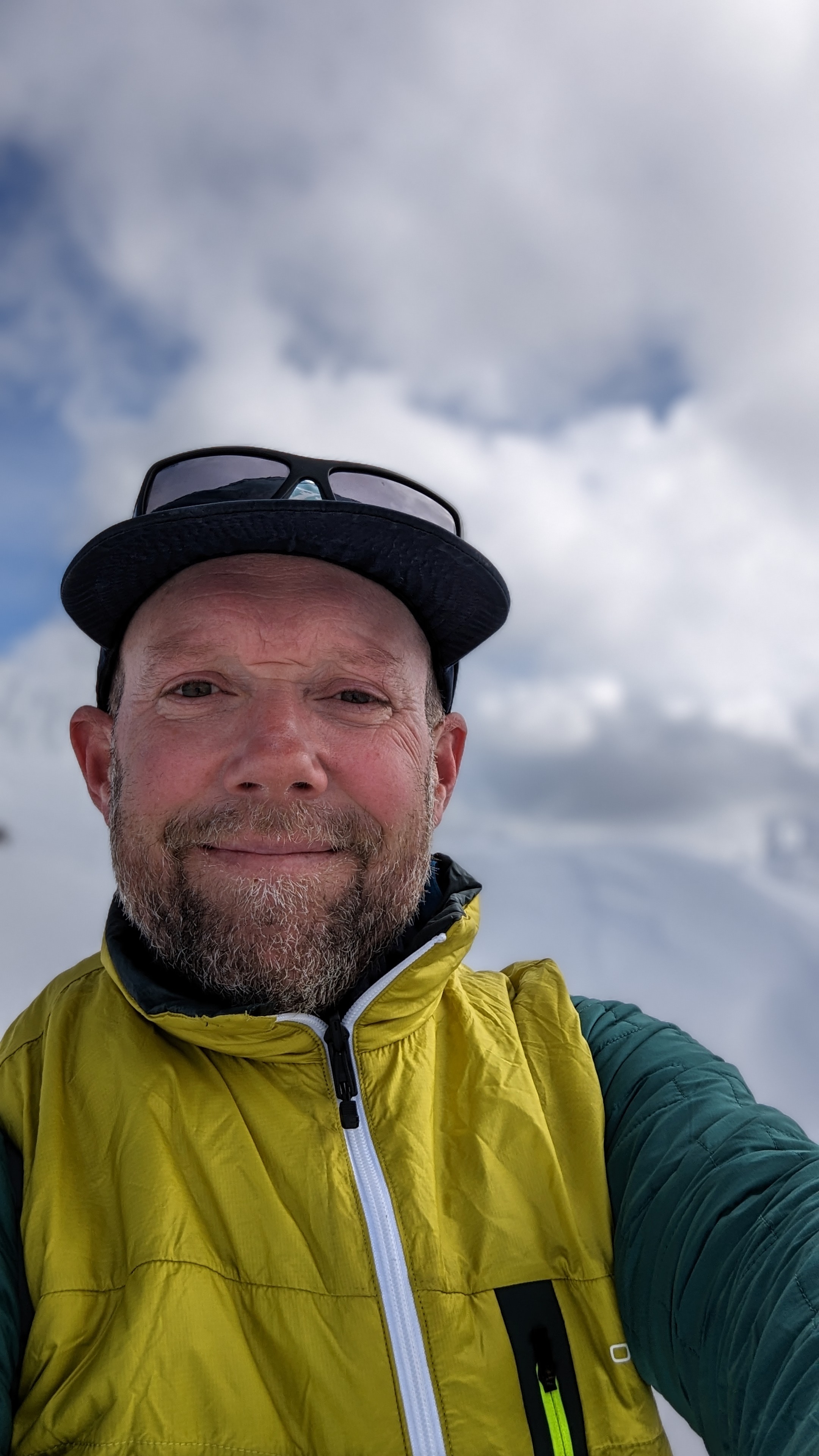This layer might be the most challenging to deal with
Over my 20+ years in the avalanche prediction business, no specific problem has given me more challenges than buried facet crust combinations. The deeper they get the more challenging they become to predict and the more consequential the avalanches they produce become. I can remember specific seasons where they plagued backcountry skiers. 2003, 2009, 2022, and 2023 were particularly challenging in my life of forecasting. It is my belief that facet crust combinations are only going to be more common as climate change continues to rear its ugly head.
Below are 7 reasons (certainly not all) that buried facet crust layers in the snowpack are so tricky to manage.
1. TimeFacet Crust combinations take a long time to heal. I have seen facet crust layers persist through entire winters, only to no longer exist when the snow melts in the spring.
2. Variability
The nature of facets and crust combinations can vary widely across different elevations, aspects, and regions. This variability makes it challenging to create accurate and generalizable avalanche forecasts.
The interactions between different snow layers, such as facets overlying crusts, can create intricate and unpredictable weak points in the snowpack. This complexity makes it difficult to anticipate when and where avalanches might occur.
4. Spatial Variability
Avalanche conditions can change dramatically over short distances due to microclimates, snowpack characteristics and terrain features. This means that accurate predictions require a detailed understanding of local factors.
Snowpack conditions evolve over time, and the transformation of PWLs can be influenced by factors like temperature, wind, and precipitation. As the layers get deeper in the snowpack they become more unpredictable, they also become harder to dig down to and monitor (no one wants to dig a 2.5-meter-deep hole in the middle of a ski tour! Predicting the rate and extent of these changes is challenging.
6. Limited DataData collection in backcountry areas can be limited, and accurate information about snowpack characteristics across various elevations and regions might be scarce. This makes it harder to create reliable predictive models. Remember, the mountains are vast places, no matter how many profiles we dig, we can not gather data on every slope! We make generalizations about layers all the time.
7. Human Bias
We are all human and have a bias to want these layers to go away. Despite our wishes, we have no influence on the concerning layers in the snowpack. Forecasters and well-seasoned backcountry users often rely on their experience and intuition when dealing with complex PWL scenarios. While valuable, experts can still be influenced by biases and subjectivity. Be on the lookout for your biases when you are dealing with a particularly challenging persistent weak layer.
My best solution to managing these layers is avoidance through terrain choices. Skiers and splitboarders must always exercise caution, continually assess conditions, and prioritize safety.
If this content interests you, head on over to kootenaybackcountryguides.com to check out our courses.









